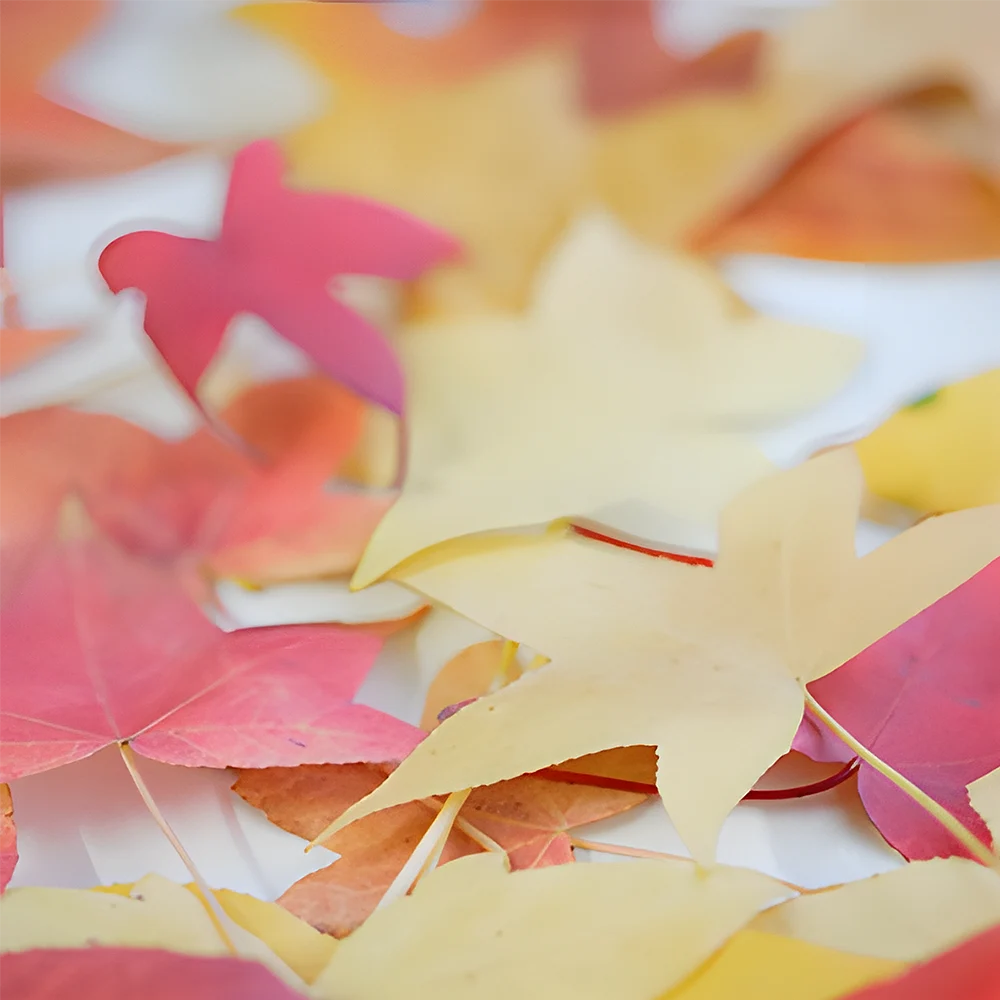1. Fallen Leaves
The colors of Soft Autumn types often resemble the warm and earthy tones of fallen leaves, such as shades of golden brown, warm copper, muted orange, and soft red-browns.
2. Bark and Tree Trunks
The palette may draw inspiration from the natural hues of tree barks, including soft greys, warm taupe, muted browns, and hints of olive or mossy greens.
3. Harvest Time
The colors of ripe autumn fruits and vegetables can be reflected in Soft Autumn types, such as warm pumpkin oranges, muted mustard yellows, soft cranberry reds, and earthy plum purples.
4. Autumn Landscapes
The colors may be reminiscent of the overall muted and warm tones found in the autumn landscape, including soft mossy greens, muted ochres, warm terracotta, and dusty mauves.
5. Natural Textures
The palette can also draw inspiration from the textures found in nature during autumn, such as weathered wood, dried grasses, and faded flowers. This can include soft greys, muted greens, and earthy neutrals.





